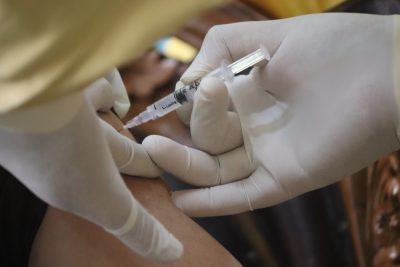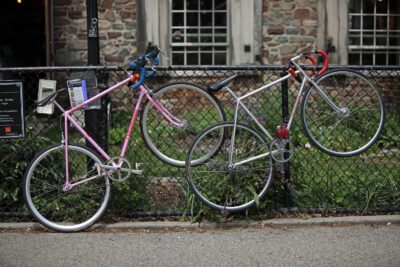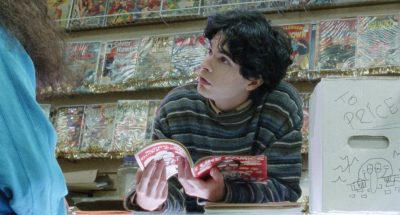'Seventh Avenue (BMT Brighton Line) @ Park Slope, Brooklyn, NYC" by ataferner is licensed with CC BY-NC-SA 2.0
You’re not crazy: There are a lot of storefront vacancies in Park Slope
New data suggests 228 storefronts stood empty as of June 2020—a number that surprisingly may not have been really affected by Covid
The rent is too damn high. And, in no surprise to locals in Park Slope, Gowanus and Boerum Hill, there is a noticeable number of storefronts standing empty, many of which predate the pandemic.
New data, which only includes numbers through June 2020, seems to hint at the early effects of the past year on the 11215 and 11217 ZIP codes—and surprisingly, Covid does not appear to be a prime culprit: 228 storefronts stood empty as of June this time last year, according to data released by New York City and compiled by Patch. That number was down slightly from the 231 vacancies clocked half a year earlier, in December of 2019, suggesting that there are forces other than the pandemic that are forcing businesses to remain vacant.
The main thoroughfares of Fifth and Seventh Avenues in Park Slope had the most vacancies of other streets, with 36 each, according to at least one calculation. Atlantic Avenue and Third Avenue both had 15 empty storefronts in June 2020 and Flatbush Avenue had 11.
The numbers have been culled from a database that was created after the city passed a 2019 law requiring landlords to register their retail spaces and displays the lease status of every ground-floor and second-floor commercial space in the five boroughs. Downtown Brooklyn had 144 storefronts empty as of June 2020, Harlem had 416 unleashed storefronts, the Upper West Side had 183, and the Upper East Side had 435. The database does not include the names of landlords of these vacant properties, but there has been an effort by some city council members to include their names in a database rather than an associated LLC in order to encourage them to fill their vacancies.
Mark Caserta, executive director of the Park Slope Fifth Avenue Business Improvement District told Brooklyn Magazine that he was “excited to see a lot of business [still] open,” despite the pandemic and is “grateful,” for the city, state, and federal grants that helped business. Another factor that Caserta credited with helping Park Slope’s storefronts stay open was the city’s Open Streets Program, which drew many Brooklynites to Fifth Avenue’s restaurants and stores especially on weekends. Additionally, according to Caserta, the Park Slope BID has “done our all,” to provide legal and financial help to businesses which aided them in staying open.
Brooklyn Chamber of Commerce President Randy Peers told Patch that another additional factor that helped with the rebound is the fact that Park Slope is a relatively wealthy neighborhood where many people have disposable income to spend at businesses. This made Park Slope more stable through the early days of the pandemic than in poorer areas where businesses would not have received the same amount of support.
“If everything goes well we should continue to see positive growth,” for Park Slope’s businesses, Caserta says. Still, with the insecurity around the Delta variant however, “I’m holding my breath.”
You might also like 


























